I have a dream: to develop your own computer game.
It would seem that the dream is extremely unoriginal. Many people want this, but we all know perfectly well what usually comes out of it. Big unattainable goal.
What is missing from those who want to develop a game?
I believe that only three main components affect whether we want to play a game or not.
- Game mechanics.
- Setting
- Identity.
Graphics, voice, plot - this, of course, greatly affects the gameplay, but beyond the framework of these three components, they are not needed. Sometimes an excess of special effects even adversely affects the game.
1. The most interesting moment in the writing of a computer game is game mechanics.
They can not be fully conveyed either by text or static pictures. Game mechanics are a process.
Anyway, this is where the prototype is needed. Three-day prototype with the most basic functions of the game, which will be described in just a couple of phrases. If he enthralls you so much that you yourself want to continue - everything is more or less correct. You can complement and decorate.
As a child I tried to create a game with a large and complex world, but it could not be completed due to a heap of gaps in knowledge. And a solution came to my mind: just write a primitive little toy for 3 days of development. And then another. And then another. In the course of development to introduce their ideas and solve problems. And so - until I gain experience.
You will laugh, but it worked out.
The green ball, 16 * 16 pixels in size, ran away from the red ball ...
- Oh, cool! Can you do the same, but in 3D? - the elder brother prompted me.
It was he who showed me what programming is when I was a child.
The green three-dimensional ball ran away from the red and collected melting ice pieces. For each piece of ice relied one point, and saved during the collection of life gave additional points.
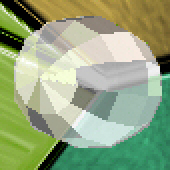
In the next game, the soccer ball rolled through the maze and fell through the portal. Portals became more beautiful, and the ball acquired a primitive, but tolerable physics.
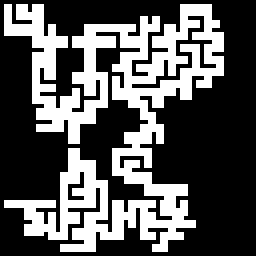
Again the green ball ran away from the red, but this time it broke through the walls, pressed the buttons and left dents in the ground. Added and springboards from which he jumped.
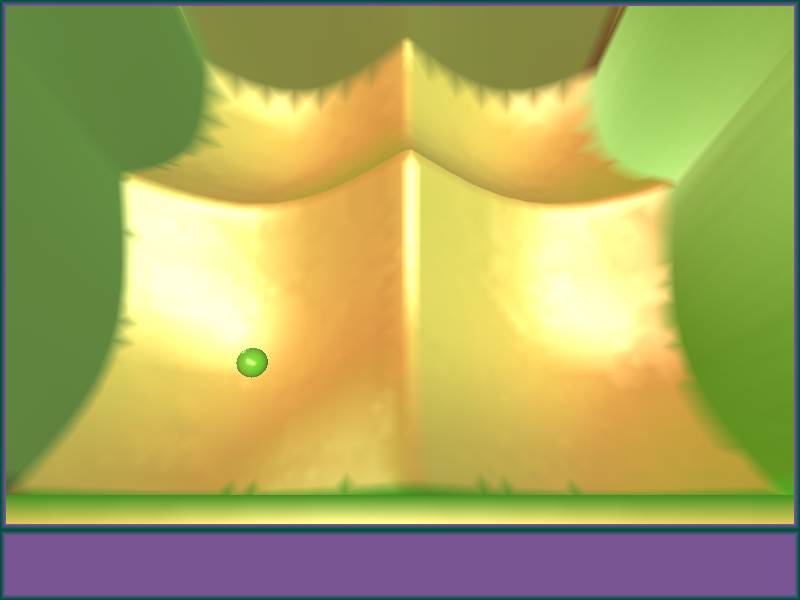
Tired of polygons, I decided to take up drawing games.
The pixel kitten was sitting in the tower and throwing mandarins at the attacking iron robots. Having received a bonus, he threw already fireballs.
The second character, an owl, shot lightning. Clouds flew across the sky instead of bonuses: a lightning shot over a cloud caused a thunderstorm to exterminate robots.

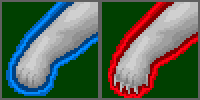
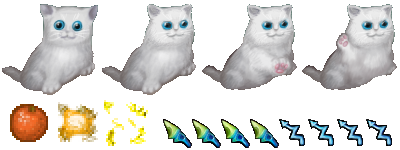
This happened. By age 14, I became a game developer.
I was finally ready to develop my first stone age strategy.
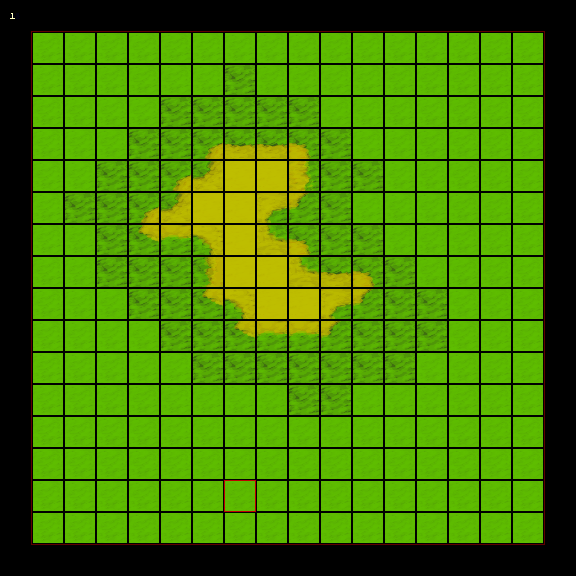
Inspired by the simplicity and fascination of Age of Empires 1, I decided to do everything at once. In the mechanics of the game there was no concept of “peasant” or “warrior”, I went further.
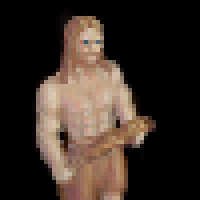
There were just people who received specialization: it takes a cudgel - a warrior, an ax - a builder, a spear - a hunter. Smeared in colored clay - the shaman. I did not know that this had long been invented.
I started drawing character icons, thinking through their preparation, reinventing the wheel and taking the player away from the linearity of the upgrades of the strategy game: if the characters get too carried away with the upgrades of clubs, then at the next stage of development, the farmers will not receive permanent bonuses, but the warriors will.
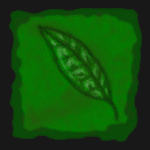

For more than a month I worked on a bunch of different characteristics of the characters: there were only 4 types of health. Each character could choose a role to match his initial features (and they were generated fairly fairly, without wild imbalance). Facial features, objects, war paint, spells, skills ...
Actually, at this moment, my 40 GB hard disk broke.
Some months there was no new, and development stopped completely. My developer’s ardor did not fade away, but I conveniently avoided shame, because my designs sounded attractive only but externally were very poor-quality handicrafts. Something (but very few) is left on the flash drive. Basically, sketches and completely random data, naturally creeping apart on different computers in the development process.
2. The world of computer games is a small Hollywood: the world of countless repetitions of one so hackneyed plot that, against the background of it, even small qualitative changes look beneficial. The terms and conditions of the game world are called setting.
Suppose you want to create a new game based on shooting. Easy, but memorable. What will your setting be like?
A warrior with a bow shoots arrows at a warrior in armor, because that of an enemy kingdom? No and no again! It happened before!
Reasonable stump roots throwing pasta in the revived music center, because it prevents him from sleeping - that's another matter! With the mechanics of macaroni flight, musical center vulnerabilities, stump skills and a completely magical victory: sleep.
The first step is the easiest to do: the developer will not be judged for the fact that the first development, which marked the beginning of something new, is not as cool as the long-established settings.
The aesthetics of the concepts of the machine gun, car or armored suit, dictated from year to year in new products - this is essentially the same thing as fashion shows. As knightly themes. Creating your game, you run the risk of running into a bunch of associations with other games. But about the game with the stump and the music center, no one can say: “Yes, I saw% gamename%, there the stump is much steeper than the branches, and the macaroni are properly cooked.” And if they make a similar game afterwards, and someone will say so - they will immediately be answered: “What are you, this game is made N years before, it is the ancestor of the pneu-pasta setting!”.
This does not mean that it is necessary to bewilder and invent only the most brain-bearing things as possible. The main thing - do not produce clones. Everyone is so accustomed to shoving potions, magic and fictional creatures in RPG games that an RPG where there is none (but there is a history of Bohemia) has become a breath of fresh air for many gamers.
You know, I'm not kidding that I have a dream to create a computer game. Despite the fact that I can (and have already created, and not only what I have listed today), I dream to create even better ones. And with every good new game that I see, this level rises. “And what, was it possible?” - I think. Witcher, not immediately understood by me, showed that it is possible not to pretend and not be afraid to transfer the GTA vocabulary to the medieval setting. Kingdom Come showed that you can create an RPG with the needs of the character, but it will not look like Sims.
Little-known now, but the beautiful Nivalovsky game Damned Earth inspired a whole bunch of tricks like crafting items, damage to body parts, the ability to crawl and sneak, and still look modern. But the most important thing, in my opinion, was that the coexisting rational species were not adjusted to a certain humanity. There was no division into mindless monsters, fleeing crowds of the hero, and human-like "his", behaving like a person with a different texture.
3. Perhaps the most important thing when keeping the player’s contact with the game is identity. Spark, ignited in case of contact between the player's personality and the personality of the game character. If there is a unity of the player and character, even a frivolous and humorous identification, the game takes on meaning.
An abstract ball that you want to feed with ice and scary to lose in a trap is also a character, and very accurately describes our whole life.
The game is really based on such deep things, and you can’t buy any player’s graphics or voice acting if there’s no room for it.
What really matters is the moment of experience sharing.
First, the game character is embedded in the player: it shows itself and its characteristics, features, enriching it with impressions and experiences.
And then the player begins to invest in the game character. From the moment when the unity took place, there is a desire to install a new mod on some locations or objects, write a story about it, draw fan art, etc.
Even if you create a 3-by-3 cell world for playing tic-tac-toe, you
can create it so that you want to live in it. The world is also a character, but reflecting not the conscious, but the subconscious sides of the player. Or characters. Depends on the scale.
To summarize, it turns out the following:
- New and successful game mechanics come naturally and when describing are only a couple of careless phrases.
- The setting is deeper than just the visual part. From the setting depends not only the type of game, but also its behavior. Otherwise, it is not worked out.
- Communication of the player with the character or the game world is the love of the game outside of its gameplay.
Drank budgets, popiarit product, make clones of the existing game with different settings, more likely to wear masks and do not change the gameplay - this is all temporary.
But to tell your story in the lines of the game code is what settles in the hearts.
And practically everyone who masters these three points will be able to convey his idea to the people around him, even if it is far from ideal in terms of implementation. Professionalism, grafon, technology - this is only necessary if the gameplay
implies admiring the game. The rest - the main thing that the game even started.